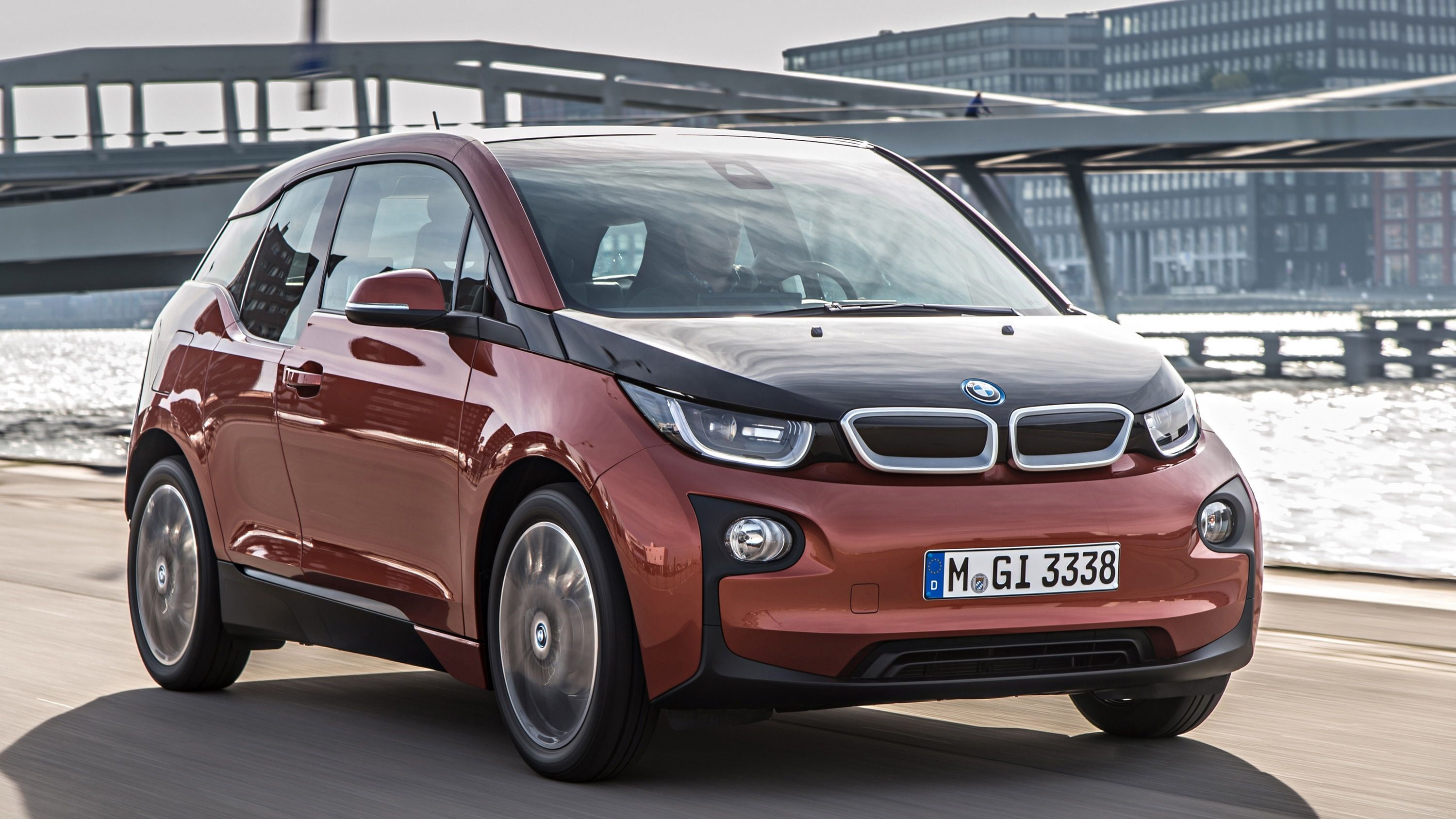BMW->ke178 is said to be developing a new ultra-efficient experimental car that sips just 0.4 liters of fuel every 100 km on the NEDC Euro test cycle, which is the equivalent of 588 mpg by U.S. standards. By comparison, that’s well over double what the $167,000 2014 Volkswagen XL1 super-hybrid gets.
German car news site Automobilwoche says the drivetrain uses a tiny two-cylinder gas engine, which functions solely as a generator for an electric motor mounted on the rear axle. Other drivetrain details, including total system output, have not been mentioned, but it’s said to emit just 10 grams of C02 per 100 kilometers. (CO2 per kilometer figures are used to calculate car sales taxes in most of Europe.)
Unlike the 2015 BMW i3 and 2015 BMW i8, which use carbon-fiber reinforced plastic body shells and an aluminum chassis, the entire structure is made from carbon fiber, which keeps weight under 2,650 pounds. An aerodynamic shape that tapers toward the rear section gives it a drag coefficient of just 0.18, which is 0.01 better than the XL1,->ke3758 and a low center of gravity is said to counteract the ill handling traits that normally come with a narrow rear track.
Even with the wind-cheating shape, the yet-to-be-named car has four doors, a full-size trunk and plenty of interior volume, making it a much more usable and practical package than the XL1.
Continue reading for the full story.
Why it matters
For now, this hypermiling BMW seems to be in the experimental stages and is nowhere close to series production, but we’ll probably see BMW and other companies take huge leaps forward in fuel in economy over the next decade. Expect to see a BMW with ridiculous fuel mileage sooner rather than later, but it’s likely the company wants to wait for production, battery and material costs to come down before a car like this gets the green light. In other words BMW doesn’t want to build another expensive, low-volume hybrid like Volkswagen XL1.
2015 BMW i3
Read our full review here.

